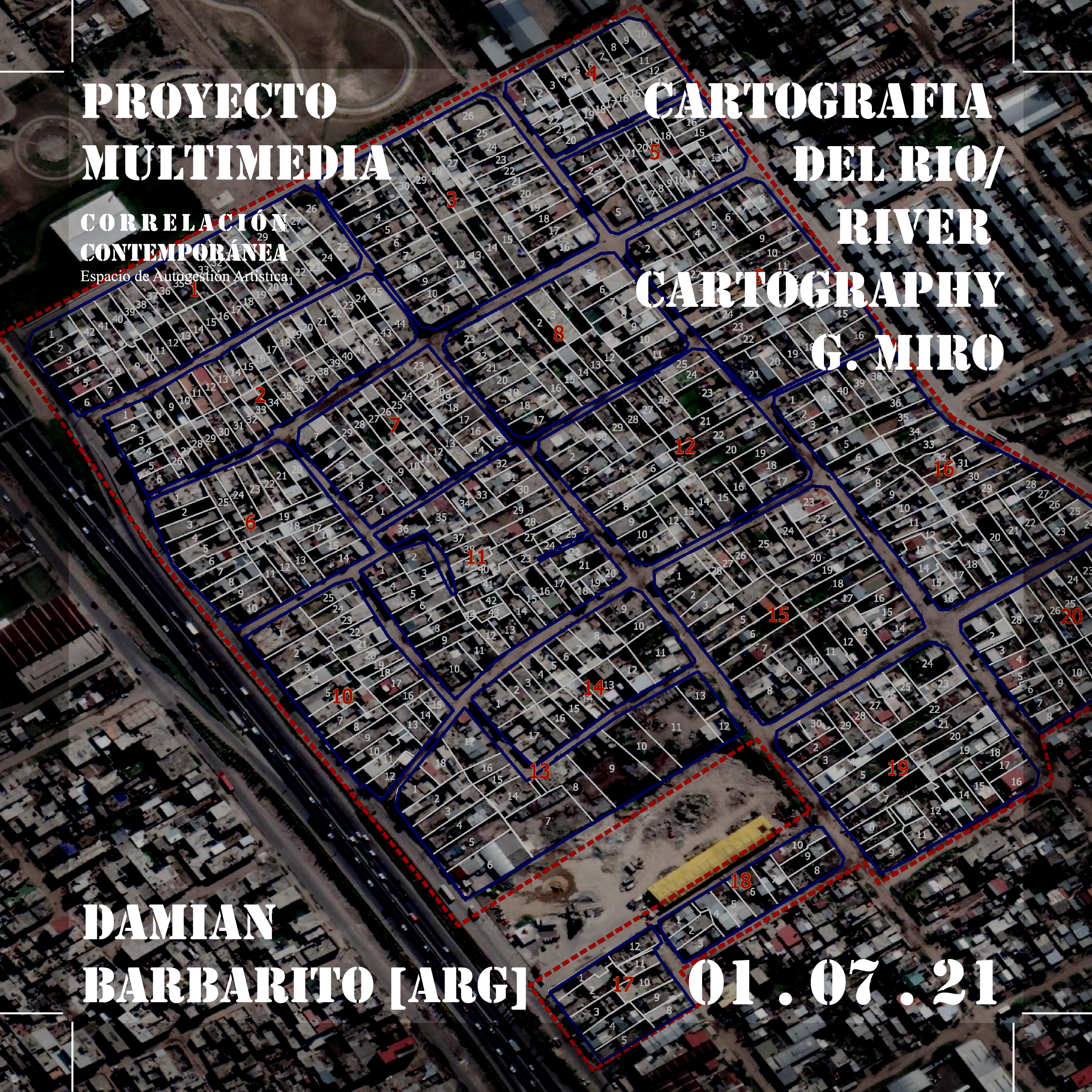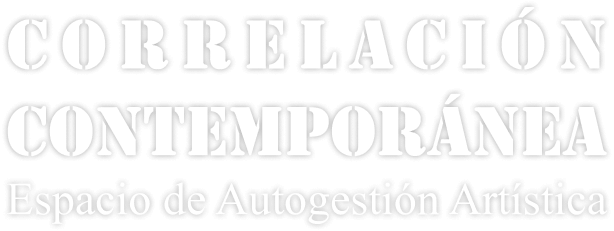RIVER: G. MIRO CARTOGRAPHY - Damian Barbarito [ARG]
ProJect Multimedia [01.07.21].

RIVER: G. MIRO CARTOGRAPHY
[07.01.21]
In a audiovisual correspondence I seek to recover the stories around the Gabriel Miró de Lomas de Zamora neighborhood. A place that grows and develops in what not many years ago was a wetland. The stories are narrated in the first person by the people and are not scripted beyond some triggering questions: what do you remember from your neighborhood? How do you connect with the community? How do we understand nature and the neighborhood?The videos are made up of three records: the story, the narrator's face, and photos or videos that person has decided to share. Recovering the face is a fundamental part, understanding it as the part of the body that metonymically summarizes the identity of the subject. Knowing their faces, their voices, their rhythm and melody I understand as the first moment so that they can empathize and connect from a broader perspective. I am looking for mechanisms for making videos that enable participants not only to have a voice, but also a microphone and camera.
I want to share a vision from the geometry that guides me. In my projects the model is not the round, circle or sphere, which are not superior to the parts, where each point is equidistant from the center, defined from it and in which there are no differences between them. The model is the polyhedron, which reflects the confluence of all the partialities that retain their originality in it. An action that seeks to collect in that body the best of each one. The concatenation of our words, images and memories. Even people who may feel inhibited have something to contribute that should not be missed. It is the conjunction of individuals, of those who retain their own peculiarity; it is the expression of the search for a totality, for a trace or polyphonic brand of people who seek a common good that involves us all..
Damian Barbarito - Bs As, Argentina
After his participation in the virtual residence COM_UNIDAD # 1 (March 2021), Damian Barbarito begins the Cartography of the river project, in which he proposes to recover the memory of the G. Miro neighborhood through the creation of self-constructed collective narratives . In Barbarito's work, the video platforms or applications that have taken center stage in our ways of interacting during confinement are proposed as tools to generate a virtual repository of collective struggles to build a community future from the periphery.
It is latent to know the community processes of neighborhood construction through its leading actors. In this series dedicated to a peripheral neighborhood of the Argentine capital, the narrative is told from the female point of view; This refers us to the role of women as community leaders, original and present in the various social struggles in our latitudes. Family textile workshops, cartoneros association, common pots and other economic activities find their strength in organization and allow citizens to establish themselves in resilient contexts.
Finally, Damian responds to our invitation to explore digital tools, which outside of everyday work, learning or leisure can develop a filing system that encourages socialization between creators, organized society and workers to jointly resolve self-representation and identity strategies necessary to build the cultural fabric built in G. Miro; However, its reflection towards other realities can affirm possibilities of remote community work that ensure the continuity of the narratives, effort and demands so necessary for the peripheral operators of Latin American society.
Marco Herrera - Lima, Perú

Damian Barbarito [ARG]
Lives and worked in Buenos Aires, Argentina.Visual Artist from the National University of the Arts, Argentina. He works on urban interventions and muralism around the problems of identity and work. He particularly works in community organization and cooperatives. He seeks to address the reality of the sector from the perspective of organized groups and their identity elements and organizational strategies.
